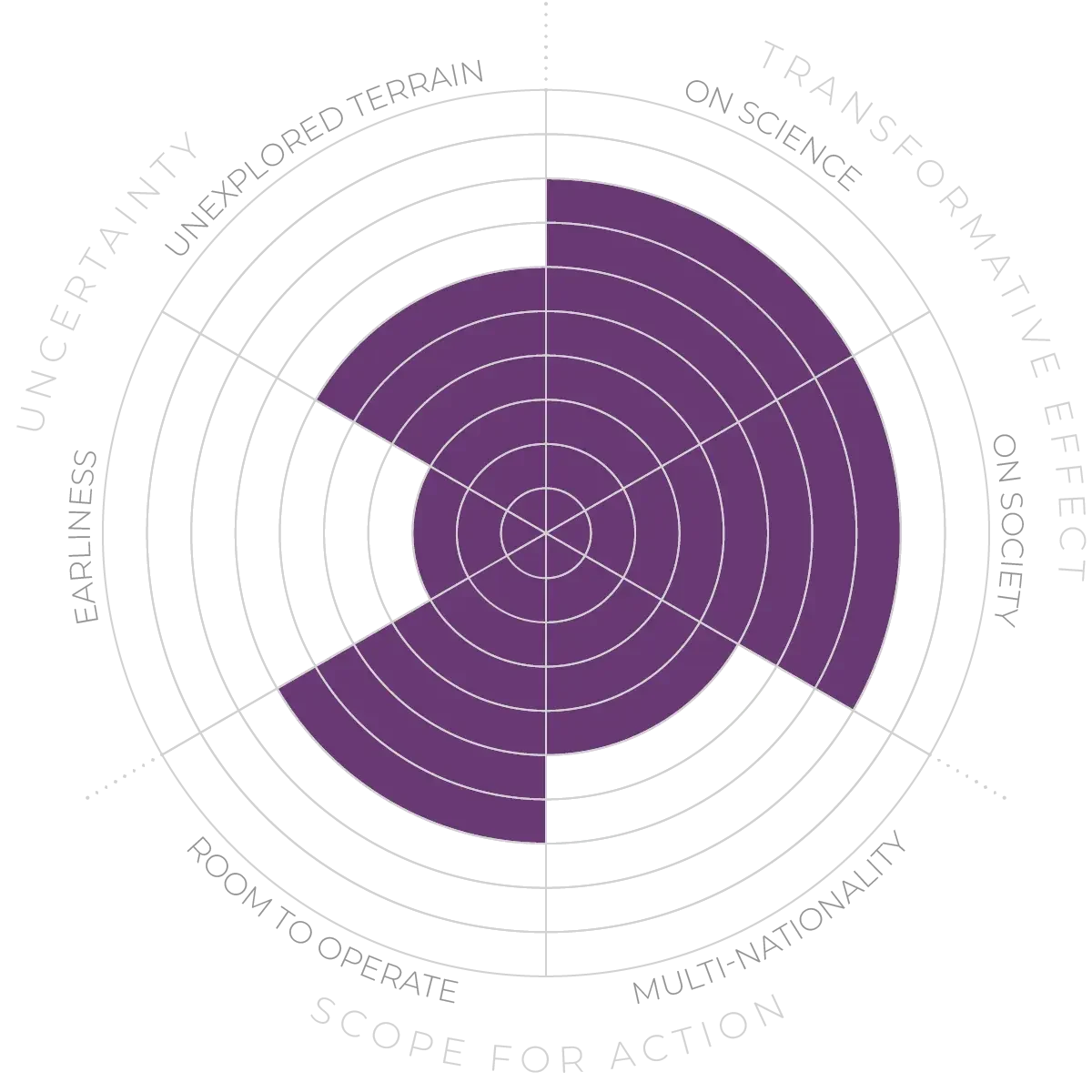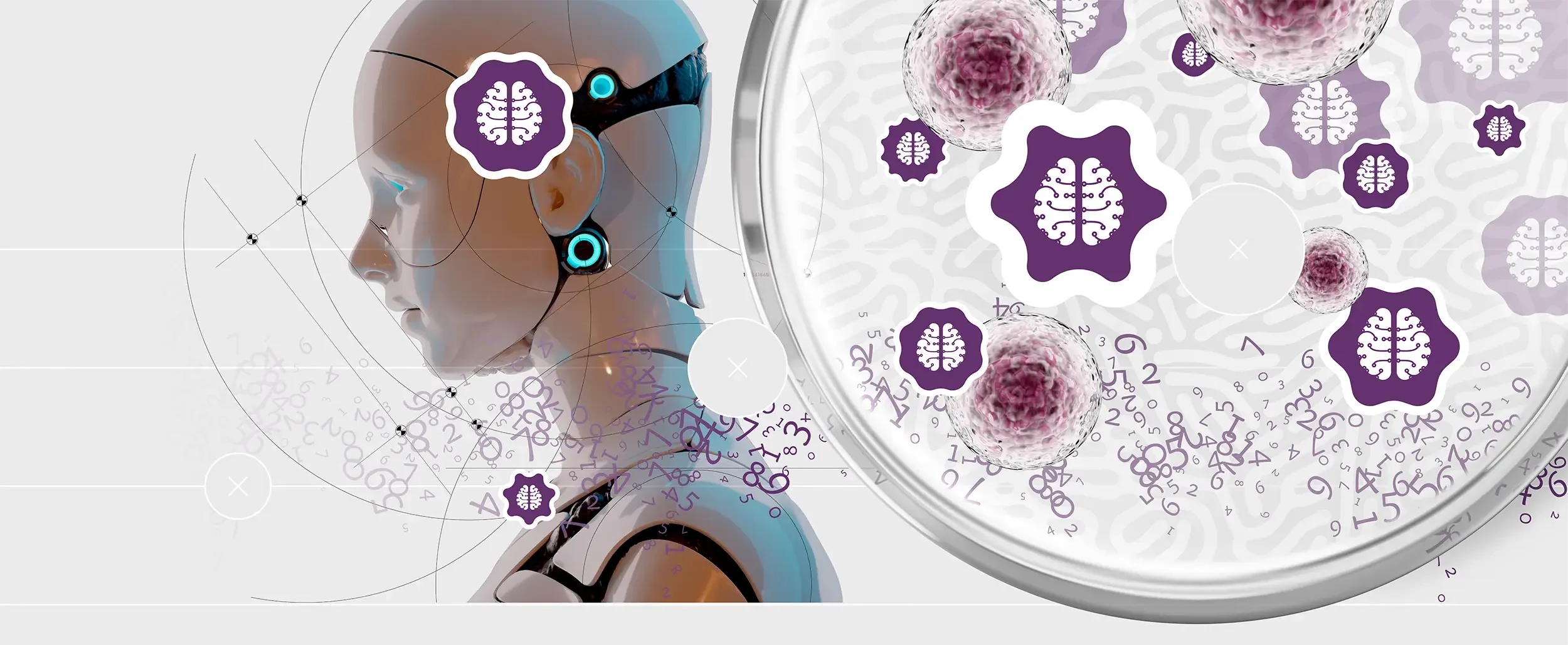Future Horizons:
10-yearhorizon
Fundamental science breakthroughs give organoids useful function
25-yearhorizon
Organoids are integrated with conventional electronics
This possibility has only just become tractable thanks to recent advances in organoids: simplified and miniaturised versions of organs created using stem-cell technology. Small conglomerations of human neurons have replicated some of the form and function of our brains.10 Now, researchers are investigating whether these organoids could be used to create new hybrid computing technologies that combine biological and electronic components.11
Early experiments have shown that neural cultures can be taught to play video games or show features of reservoir computing.12 13 If the technology can be scaled up it could have applications in AI, robotics and brain-machine interfaces and could even help us discover the algorithms that power the brain.
Significant advances will be needed first, however, including an ability to engineer larger and more complex organoids, interface with them reliably, and understand how they learn and compute.14 Combining organoids to create more sophisticated “assembloids” that model several brain regions will be crucial, as will boosting the diversity of cell types.15 16Reproducibility and standardisation are major issues currently, as small changes in the environment can significantly impact activity. There are also ethical concerns around when, and whether, more sophisticated organoids could be thought of as conscious entities in their own right.17 18
Organoid Intelligence - Anticipation Scores
The Anticipation Potential of a research field is determined by the capacity for impactful action in the present, considering possible future transformative breakthroughs in a field over a 25-year outlook. A field with a high Anticipation Potential, therefore, combines the potential range of future transformative possibilities engendered by a research area with a wide field of opportunities for action in the present. We asked researchers in the field to anticipate:
- The uncertainty related to future science breakthroughs in the field
- The transformative effect anticipated breakthroughs may have on research and society
- The scope for action in the present in relation to anticipated breakthroughs.
This chart represents a summary of their responses to each of these elements, which when combined, provide the Anticipation Potential for the topic. See methodology for more information.



